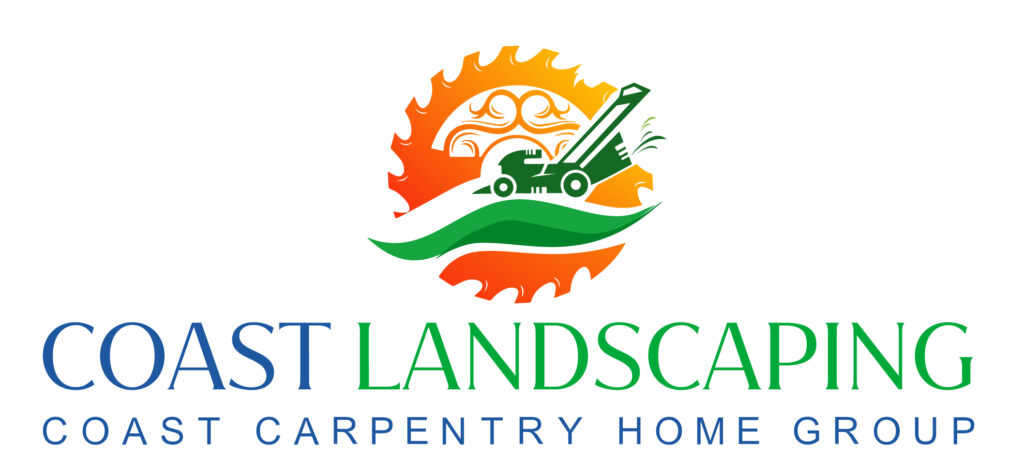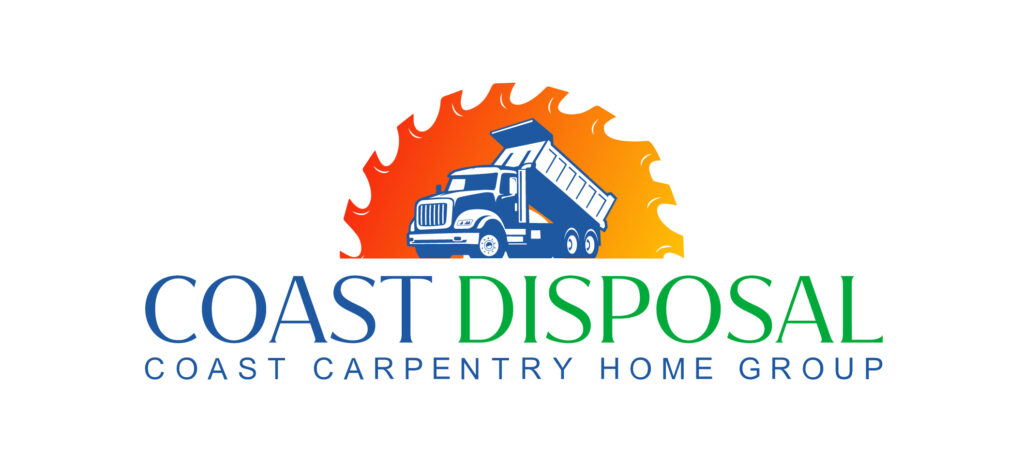Mold and mildew are common problems in many homes, especially in areas with high humidity, like Cape Cod. These pesky fungi can cause damage to your property and pose health risks. The good news is, with the right approach, you can successfully combat mold and mildew and keep your home safe and clean.
Mold and mildew thrive in damp, dark places. Bathrooms, basements, and kitchens are common hotspots. It’s essential to address these issues quickly to prevent further spread. Mold can cause allergies and respiratory problems, making it vital to take immediate action when you spot it.
Cleaning and preventing mold and mildew requires some effort, but it’s manageable with the right techniques. In this guide, we’ll walk you through identifying mold and mildew, using effective cleaning solutions, maintaining a mold-free environment, and following safety precautions. These practical tips will help you protect your home and your health.
Identifying Mold and Mildew
Mold and mildew are easy to spot once you know what to look for. Mold typically appears as black or greenish patches on surfaces like walls, ceilings, and tiles. It often has a fuzzy or slimy texture. Mildew, on the other hand, usually looks powdery and white or gray. Both thrive in damp environments, so check areas prone to moisture, such as bathrooms, basements, and under sinks.
Common signs of mold and mildew include a musty smell, discoloration, and peeling paint or wallpaper. You might also notice water stains on ceilings or walls, which can indicate a hidden mold problem. Pay close attention to grout lines, shower curtains, and window sills, as these spots often harbor mold and mildew.
It’s crucial to address these issues promptly. Mold and mildew can deteriorate surfaces and negatively affect indoor air quality. Prolonged exposure can lead to health issues like allergies and respiratory problems. By identifying these fungi early, you can take steps to remove them and prevent further spread.
Effective Cleaning Solutions
Once you’ve identified mold and mildew, the next step is to clean them effectively. There are several cleaning solutions you can use, depending on the severity and location of the problem.
- Vinegar: Vinegar is a natural and effective cleaning agent. Spray undiluted white vinegar directly on the moldy area and let it sit for an hour. Then, scrub the area with a brush and rinse with water. Vinegar kills most mold species and helps prevent future growth.
- Bleach: For tougher mold, bleach is a strong option. Mix one cup of bleach with one gallon of water. Apply the solution to the moldy area using a sponge or spray bottle. Leave it for 15 minutes, then scrub and rinse thoroughly. Bleach works well on non-porous surfaces but should be used with care due to its harsh chemicals.
- Baking Soda and Water: Baking soda is gentle and safe to use on most surfaces. Mix one-quarter tablespoon of baking soda with a spray bottle of water. Shake well and spray the mixture on the moldy area. Scrub, rinse, and spray again, leaving the solution to dry to prevent future mold growth.
- Hydrogen Peroxide: This is another effective option for mold removal. Pour 3% hydrogen peroxide into a spray bottle. Apply it to the moldy area, let it sit for 10 minutes, then scrub and rinse. Hydrogen peroxide kills mold and is safe to use on most surfaces.
By using these solutions, you can effectively clean mold and mildew, ensuring a healthier and safer home environment.
Preventive Maintenance Tips
Preventing mold and mildew is easier than trying to remove them. With a few simple steps, you can keep your home mold-free and maintain a healthier environment.
- Control Moisture: Moisture is the main cause of mold and mildew. Use dehumidifiers in damp areas like basements. Ensure bathrooms and kitchens are well-ventilated by using exhaust fans. Fix any leaks promptly, whether they’re from pipes, roofs, or windows.
- Regular Cleaning: Regularly clean areas prone to mold growth. Wipe down shower walls, sinks, and tile floors with a mold-killing cleaner. Clean and dry your bathroom after every use to prevent moisture buildup.
- Use Mold-Resistant Products: When renovating or building, consider using mold-resistant products. These include mold-resistant drywall, paint, and caulking. These products help reduce the chances of mold developing in the first place.
- Improve Air Flow: Increase air circulation in your home by keeping doors and windows open when the weather allows. Use fans to help circulate air, especially in humid areas.
By following these preventive tips, you can reduce the likelihood of mold growth and maintain a cleaner, healthier home environment.
Safety Precautions and Best Practices
Cleaning mold and mildew requires certain safety precautions to protect your health. Here are some key tips to follow:
- Wear Protective Gear: Always wear gloves, goggles, and a mask when cleaning mold. These protect you from breathing in harmful spores and limit skin contact.
- Ensure Proper Ventilation: Work in well-ventilated areas to prevent inhaling mold spores. Open windows and use fans to help disperse fumes from cleaning chemicals.
- Avoid Mixing Cleaners: Never mix cleaning products like bleach and ammonia, as this can create toxic fumes. Stick to one cleaning solution at a time to ensure safety.
- Dispose of Contaminated Materials: Seal and dispose of any items that are heavily contaminated with mold. This includes rags, clothing, and other porous materials. Use plastic bags to ensure the mold doesn’t spread to other areas.
- Follow Instructions: Use cleaning products according to their instructions. This ensures effective cleaning and reduces risks associated with improper use.
By adhering to these safety precautions, you can safely deal with mold and mildew while protecting your health and home.
Conclusion
Combating mold and mildew in your home is crucial for maintaining a safe and healthy living environment. Identifying mold early and using effective cleaning solutions can help you tackle the problem before it spreads. Preventive maintenance tips and following safety precautions ensure that you stay ahead of mold and mildew issues.
Keeping your home mold-free doesn’t have to be a daunting task. With these easy-to-follow guidelines, you can ensure your home remains clean and healthy. Remember, controlling moisture, regular cleaning, and proper ventilation are key to preventing mold growth.
Looking for expert help with home improvements to ensure your house stays in top shape? Contact Coast Carpentry Construction’s home improvement contractor today to discuss your needs and how we can assist you. Let’s create a healthier living space together!







